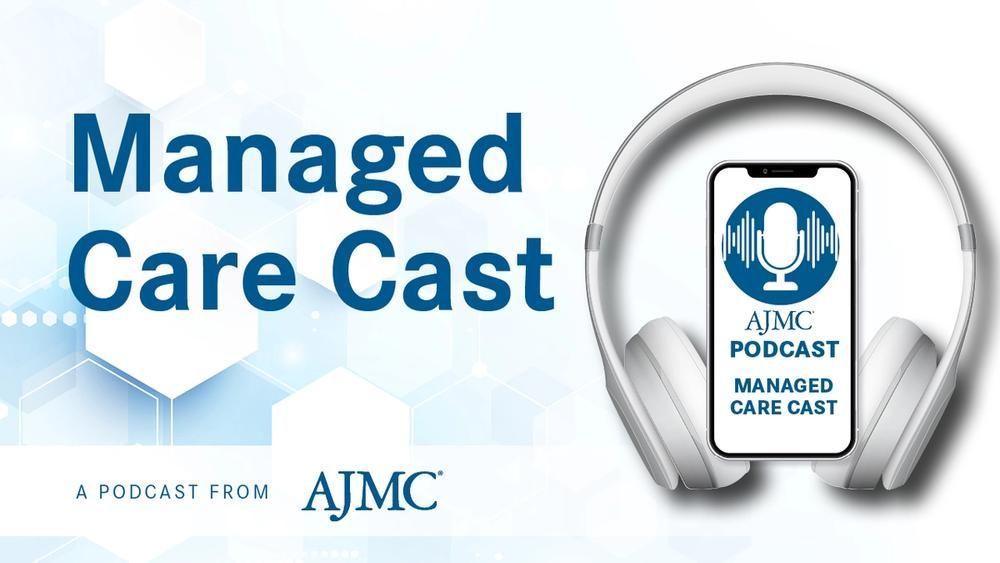News
Article
Enhanced Monofocal Lenses May Provide Alternative in Glaucoma Treatment
Author(s):
Key Takeaways
- Enhanced monofocal IOLs may improve intermediate vision and preserve visual function in glaucoma patients.
- The study showed significant improvements in BCVA, RNFLT, and IOP for both enhanced and standard IOL groups.
Patients with varying stages of glaucoma saw no significant difference in outcomes between standard and enhanced monofocal intraocular lenses.
Enhanced monofocal intraocular lenses (IOLs) could be a viable method of treatment for use in patients with glaucoma, according to a study published in Scientific Reports.1 The preservation of visual function is possible while also potentially offering better intermediate vision.
Glaucoma is an eye condition that primarily affects the central vision of those who are affected by it.2 The condition is characterized by optic nerve damage and is the leading cause of irreversible blindness globally. Monofocal IOLs are a common lens that is implanted after surgery and allows the patient to focus on 1 range of sight: distance, medium, or close.3 These lenses are supplemented with eyeglasses. Enhanced monofocal IOLs are capable of improving depth of focus in those with glaucoma, as well as minimizing the visual disturbances that accompany the condition.1 The enhanced version also allows for less dependence on glasses compared with the standard version. This study aimed to assess the safety and efficacy of enhanced monofocal IOLs in patients with glaucoma of all severities.
This study was conducted at the Yonsei University College of Medicine, Severance Eye Hospital in Seoul, Republic of Korea. All data were from 2021, when the surgeries were performed. Individuals were included if they were 40 years and older, had been previously diagnosed with glaucoma or suspected glaucoma, and had visually significant cataracts. Those with corneal abnormalities, retinal diseases, or severe cataracts that prevented testing for glaucoma and those who had combined surgery for glaucoma and cataracts or had active uveitis were excluded from the study. Only 1 eye was used per each patient.
Enhanced monofocal lenses proved equally effective as standard monofocal lenses in treating glaucoma | Image credit: Africa Studio - stock.adobe.com

The participants each had enhanced or standard monofocal IOLs implanted for the study, with ophthalmic examinations done within the first 3 months. Best corrected visual acuity (BCVA), retinal nerve fiber layer thickness (RNFLT), intraocular pressure (IOP), visual field index, and mean deviation (MD) all acted as primary outcomes.
There were 296 eyes included in the study, of which 156 received the enhanced monofocal and 140 who received the standard monofocal IOL. The mean (SD) age of the enhanced group was 66.08 (9.22) years and the age of the standard group was 68.31 (8.46) years. The standard monofocal group was made up of 50.71% men and the enhanced group was made up of 39.74% men.
Patients with suspected glaucoma made up more of the enhanced group than the standard group (33.97% vs 20.00%), and the standard group had more patients with primary open-angle glaucoma (POAG) (60.71% vs 47.44%).
Significant improvements after the operation were found in BCVA, IOP, MD, and RNFLT, with none of the improvements significantly different between groups (BCVA, P = .905; MD, P = .463; RNFLT, P = .632; IOP, P = .827). Both IOL groups had significant improvements in BCVA, RNFLT, and IOP in patients with POAG; the groups did not have significant differences between them. Intergroup differences were not significant for BCVA and MD in patients who had suspected glaucoma (P < .05) or primary closed-angle glaucoma (P < .05) and both had improvements. However, the postoperative IOP reductions were not significant in either group.
Both groups had significant improvements in BCVA, MD, and RNFLT without any significant differences between the 2 in patients with early glaucoma. BCVA and RNFLT both improved in patients with moderate and severe glaucoma. Significant reductions in IOP were found in both IOL groups except in those living with early glaucoma in the enhanced group (P = .192). The severity of glaucoma did not lead to differences in results.
There were some limitations to this study. Intermediate visual acuity and contrast sensitivity could not be analyzed. Randomization was prevented due to the design of the study, which was retrospective and comparative. There was a small sample size of patients with severe glaucoma or central visual field loss. There was also insufficient follow-up time after surgery.
The researchers concluded that enhanced monofocal IOLs were similarly effective as standard monofocal IOLs, making it “a promising alternative to standard monofocal IOLs, potentially providing better intermediate vision, while maintaining overall visual function.”
References
- Kim H, Ahn J, Seo M, Bae HW, Kim CY, Choi W. Efficacy and safety of the enhanced monofocal intraocular lens in glaucoma of varying severity. Sci Rep. 2025;15:4737. doi:10.1038/s41598-025-87282-3
- Mayo Clinic Staff. Glaucoma. Mayo Clinic. November 5, 2024. Accessed February 11, 2025. https://www.mayoclinic.org/diseases-conditions/glaucoma/symptoms-causes/syc-20372839
- Boyd K. IOL implants: lens replacement after cataracts. American Academy of Ophthalmology. October 30, 2024. Accessed February 11, 2025. https://www.aao.org/eye-health/diseases/cataracts-iol-implants




